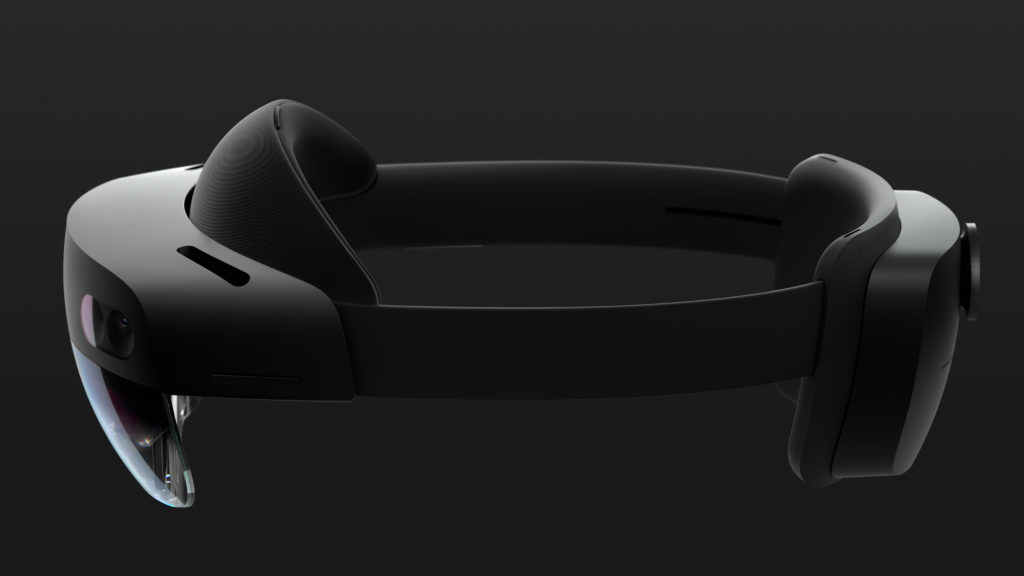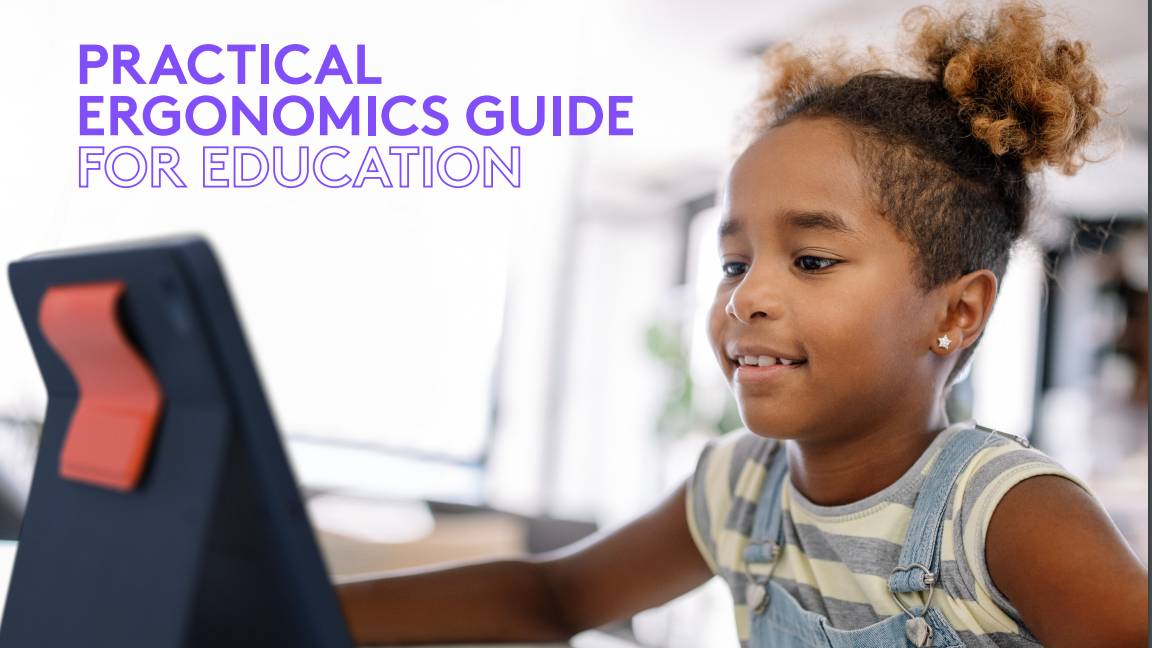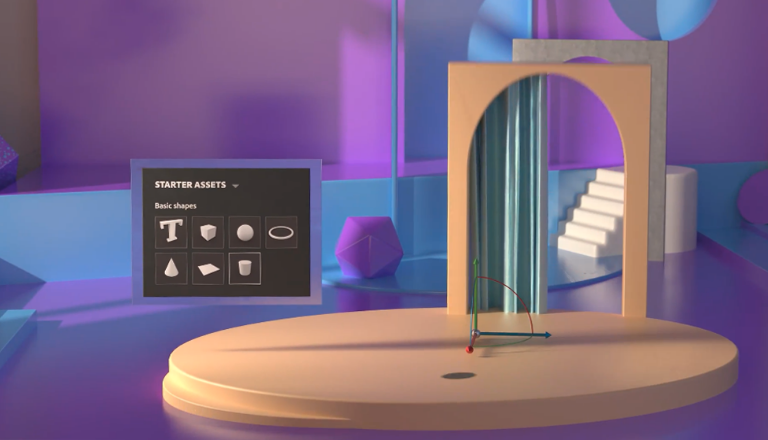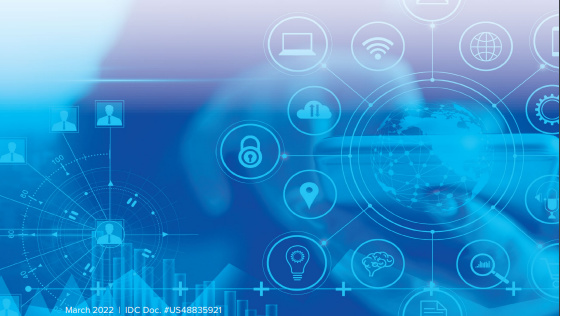Microsoft unveils HoloLens 2 with a enterprise laser-focus
The second-generation mixed reality headset will be released later in the year for $3,500


Microsoft has announced HoloLens 2 at MWC on Sunday, the follow up to its mixed reality headset.
The announcement was made by Alex Kipman, a Microsoft Technical Fellow and the creator of the first HoloLens, who said that customers had been consistently asking Microsoft for three things to improve the HoloLens.
First, was for more immersion, people wanted to see more of the holographic landscape the headset presents. Second, was to make the device more comfortable, so users could stay emersed for longer periods of time. And third, was for it to have industry-leading value right out of the box.
Microsoft took this on board and improved the headset's a field of view so that it's more than double that of the first-generation HoloLens, approximating 2,000 pixels per eye while still maintaining the original's pixel density. Ten-Point touch interaction with holograms, complete with the ability to sense hand movements with greater fidelity, has also been added. And, a new UI model that allows users to interact with virtual buttons and for holograms to follow the user.
Microsoft sees HoloLens 2 as an enterprise device for front-line workers and touted that the main changes such as the expanded field view, built-in AI tools and direct manipulation of holographs, will enable the headset to achieve this. The $3,500 device will be the front end for apps such as Dynamics Remote Assist, Dynamics 365 layout and Dynamics Guides applications. More importantly, Microsoft has said it will have an open approach to third-party developers.
While the news that the new device will allow more immersion and comfort will go down well with all, the integration with Azure and Dynamics will be the bigger plus for the enterprise arena.
"Microsoft's new HoloLens device will bring the enterprise mixed reality market to its next level of adoption," said J.P. Gownder, VP and principal analyst at Forrester. "The device itself solves many problems associated with the first model - from a vastly expanded field of view to better hand gestures. But it's the integration with Azure and Dynamics that will empower developers to create powerful mixed reality experiences more quickly and cheaply.
Get the ITPro daily newsletter
Sign up today and you will receive a free copy of our Future Focus 2025 report - the leading guidance on AI, cybersecurity and other IT challenges as per 700+ senior executives
"For the old HoloLens, editing the number of polygons forming a hologram into a manageable number was challenging and expensive. With cloud tools, developers can render an object in, say, 50,000 polygons on the device but also can render it in the Azure cloud with one million polygons visible to the user. This turbocharger's the opportunity for creating holograms that workers can interact with during their daily jobs, helping them solve previously intractable problems."
Bobby Hellard is ITPro's Reviews Editor and has worked on CloudPro and ChannelPro since 2018. In his time at ITPro, Bobby has covered stories for all the major technology companies, such as Apple, Microsoft, Amazon and Facebook, and regularly attends industry-leading events such as AWS Re:Invent and Google Cloud Next.
Bobby mainly covers hardware reviews, but you will also recognize him as the face of many of our video reviews of laptops and smartphones.
-
 Should AI PCs be part of your next hardware refresh?
Should AI PCs be part of your next hardware refresh?AI PCs are fast becoming a business staple and a surefire way to future-proof your business
By Bobby Hellard
-
 Westcon-Comstor and Vectra AI launch brace of new channel initiatives
Westcon-Comstor and Vectra AI launch brace of new channel initiativesNews Westcon-Comstor and Vectra AI have announced the launch of two new channel growth initiatives focused on the managed security service provider (MSSP) space and AWS Marketplace.
By Daniel Todd
-
 The race is on for higher ed to adapt: Equity in hyflex learning
The race is on for higher ed to adapt: Equity in hyflex learningWHITEPAPER Fulfil student and faculty needs
By ITPro
-
 Practical ergonomics guide for education
Practical ergonomics guide for educationWHITEPAPER Save energy, focus, and promote overall well-being
By ITPro
-
 How to manage – and mitigate – performative working
How to manage – and mitigate – performative workingFeature An increasing number of people are putting on a show of working, rather than actually getting on with it
By Peter Ray Allison
-
 The ultimate guide to 3D
The ultimate guide to 3DWhitepaper Creative boost breaks
By ITPro
-
 Developing an end-to-end process for virtual photography
Developing an end-to-end process for virtual photographyWhitepaper Sharing the best practice of creating production-quality photographs with software
By ITPro
-
 Breaking down the barriers to 3D design
Breaking down the barriers to 3D designWhitepaper Designing for the future
By ITPro
-
 IDC: The business value of IBM Maximo
IDC: The business value of IBM MaximoWhitepaper Integral to the transformation of asset management
By ITPro
-
 UK's four-day week trial ends, leads to reduced burnout and sick days
UK's four-day week trial ends, leads to reduced burnout and sick daysNews Organisations reported overwhelmingly-positive results from the world's largest trial of this kind
By Rory Bathgate